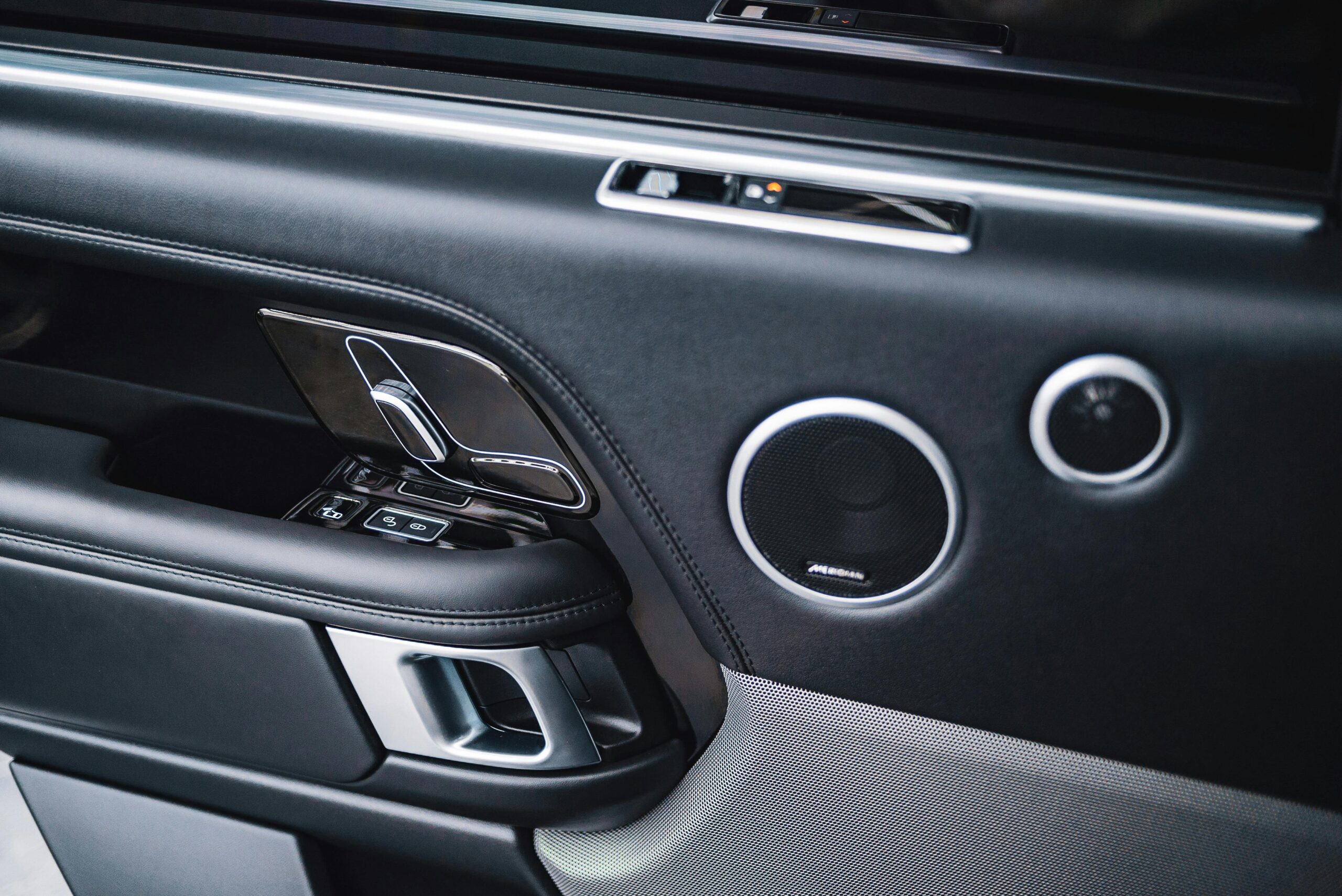Why Car Plastics Fade and How to Prevent It

The Main Causes of Car Plastic Fading
1. UV Radiation Exposure
The sun’s ultraviolet (UV) rays break down the chemical bonds in plastic materials, causing fading and discoloration. This process, known as photodegradation, leads to a chalky, grayish appearance over time.
2. Oxidation
Oxygen interacts with the surface of plastic components, leading to a slow breakdown of their molecular structure. This oxidation process results in dull, faded surfaces that lose their original color and texture.
3. Environmental Contaminants
Pollutants, dirt, road salt, and harsh weather conditions contribute to the degradation of plastic surfaces. Acid rain, in particular, accelerates the wear process, leaving behind unsightly stains and weakening the material.
How to Prevent Car Plastic Fading
While fading is inevitable without protection, regular maintenance can significantly extend the life of your car’s plastic components.
1. Park Smartly
Whenever possible, park in shaded areas, garages, or use a car cover to reduce UV exposure.
2. Use UV-Protectant Products
Applying a high-quality plastic protectant, like ceramic coatings or UV-blocking dressings, can create a barrier against sun damage. Look for products that offer long-term UV protection and water resistance.
3. Clean Plastics Regularly
Dirt and grime can accelerate oxidation. Use a gentle plastic cleaner or an all-purpose cleaner designed for automotive interiors and exteriors. Avoid harsh chemicals that might strip away protective layers.
4. Apply Plastic Restoration Treatments
If fading has already occurred, plastic restorers can help revive the color and provide a protective coating. Look for silicone-free solutions that penetrate deeply and restore the original texture.
5. Regularly Apply a Sealant or Ceramic Coating
A ceramic coating provides long-term protection against UV damage, oxidation, and contaminants. Unlike traditional dressings that fade quickly, ceramic coatings bond at a molecular level, offering superior durability.
Long-Term Maintenance Tips
-
Routine Inspections: Check plastic trims monthly to spot early signs of fading.
-
Use Gentle Wash Methods: Pressure washing at close range can damage plastics. Hand washing with pH-balanced soap is best.
-
Reapply Protectants: UV protectants should be reapplied every 3-6 months for continued defense.
Why Professional Detailing Matters
While DIY maintenance is effective, professional detailing ensures deeper protection and longer-lasting results. At Premier Autos Detailing, we offer expert solutions to keep your vehicle’s plastics looking factory fresh. Whether it’s interior restoration, ceramic coatings, or UV-protectant applications, we provide tailored services for long-term care.
Call To Action
Are you tired of your car looking 5 years older than it is? Do you want it to shine regardless of how long you’ve had it? Unless you go out and learn how to restore your plastics it’ll be a tough endeavor. Regardless you are a busy individual and have other things to put your time into. Leave this task to us, save your time and energy. Our professionalism and competence is unmatched. Trust us like many others do to maintain the value and appearance of your vehicle. If and only if your ready to save your time and your vehicle give us a call to schedule an appointment today! 417-293-2240
